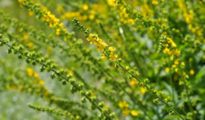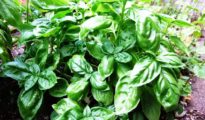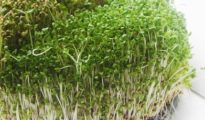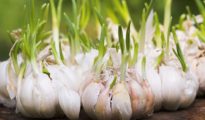Growing mint indoors is not at all difficult. They require little care and maintenance and will leave you with a fresh and continuous supply of the aromatic herb!
Mint is one of the most versatile herbs you can grow in your home, and they provide a beautiful fresh smell all throughout the house! Additionally, mint is also one of the easiest herbs you can grow because they don't require a lot of maintenance. Today we'll show you how to grow mint indoors, as well as how to care for your mint plant.
You can grow mint indoors easily – all it needs is a little bit of sun, regular watering, and a good quality potting soil.
Mint is a very fragrant perennial plant with an aromatic taste. There are actually many different varieties of mint, which are all fragrant and aromatic as well. This herb has been used for thousands of years to cure different ailments, in cooking, and of course, mint tea.
Choose any mint variety to grow, and be careful not to plant with other herbs as mint can spread very fast and take over a garden. It's best to plant mint in pots by itself.
Growing Mint Indoors
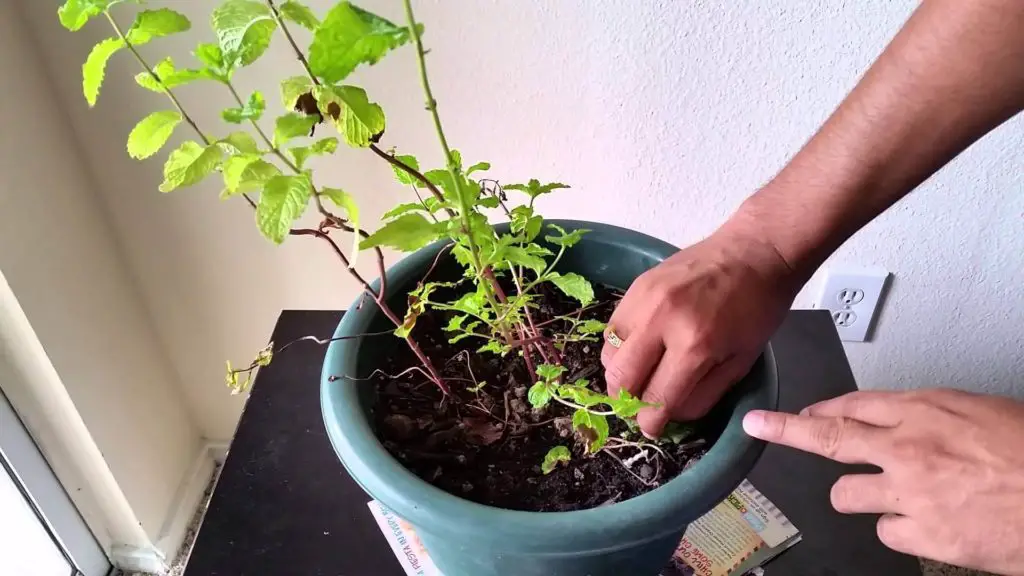
Source: Youtube
Planting Mint:
When growing mint indoors, keep in mind that they'll fare well in almost any environment with full sun or partial shade!
- Choose a pot that has good drainage.
- Use a good quality potting mix so that your mint plant can grow big and healthy.
- The soil should always be moist, but well drained.
- No need to place your mint plant in full sun – they can also tolerate some shade! Potted mint will do just fine on a windowsill!
- Plant the seeds or the seedlings about an inch deep into the soil and water immediately after planting.
- Place your potted mint in a sunny location, preferably a window sill.
- Make sure the temperature is around 65-70F.
Caring for Your Mint Plant:

Source: Verticalveg
- Mint plants love water, so make sure the soil is always moist. Water as needed. If the soil feels dry, go ahead and give it some water, but make sure not to over-water either!
- Mint also likes humidity, so in between watering, mist the plant with a spray bottle.
- Rotate your mint plant every 3-4 days so that all sides give an even amount of sun.
- Fertilizing ins't necessary, but if you wish, you can certainly give it an occasional dose of all-purpose water soluble fertilizer.
Harvesting Mint:
- Harvest mint frequently in order to keep the plant growing.
- Young leaves usually have more aroma and flavor than older leaves. These can be harvested as soon as they come up, usually in the spring.
- Mint sprigs will usually last for a few days, but you can extend their life by placing them in water, drying them, or freeze drying them. Check out this guide on how to dry herbs.
- Before mint flowers, cut the stems 1 inch from the ground. You can usually harvest a mint plant 2-3 times in one growing season.
How to Propagate Mint:
- To propagate mint, take the best cuttings. Cut about a 6-inch stem and plant them horizontally into the soil.
- Additionally, they will also root in soil. See more about plants that grow in water.
Mint Varieties:
Apple/Pineapple Mint: Mentha suaveolens
Corsican Mint: Mentha requienii
Pennyroyal: Mentha pulegium
Peppermint: Mentha x piperita
Citrus Mint: Mentha x piperita var. citrata
Spearmint: Mentha spicata
Mint Pests and Diseases:
Mint can be susceptible to the following pests and diseases:
- Powdery mildew
- Leaf spot
- Rust
- Anthracnose
- Stem canker
- Plant mint to deter mice as well as deer.
Growing mint isn't difficult as long as you follow the gardening guide above!
Happy Planting!



